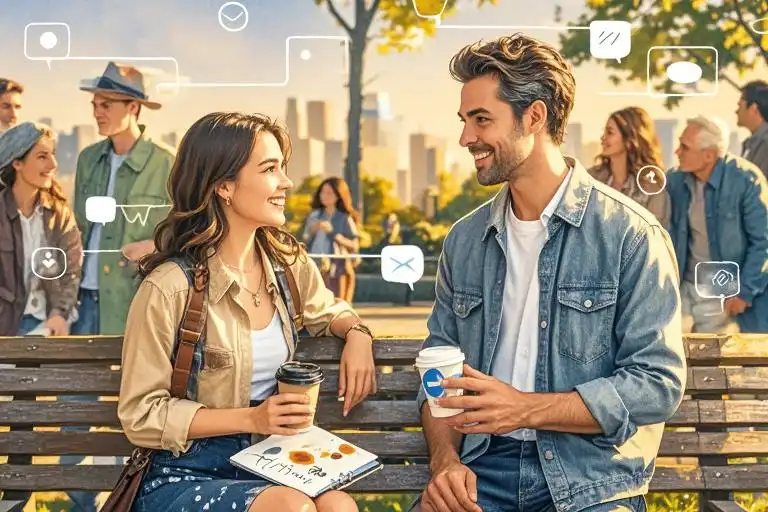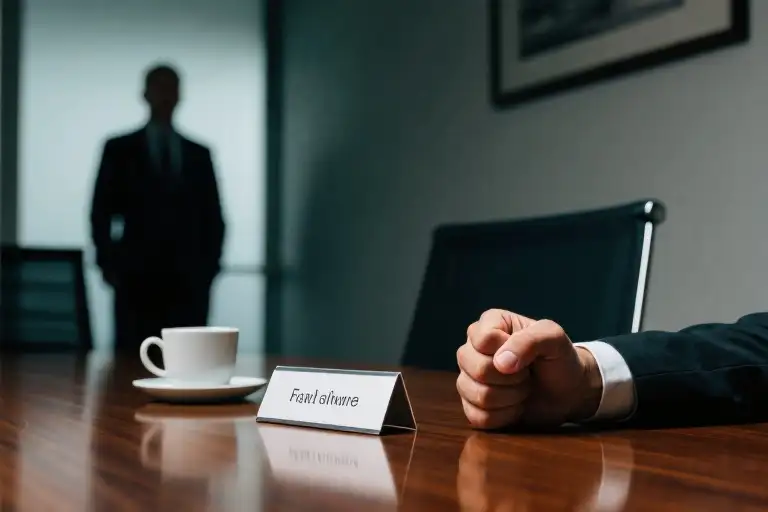You know that dizzying moment when you’re scrolling through Instagram? Perfect brunch plates. Flawless skin filters. Captions so polished they could moonlight as corporate mission statements. Now here’s a fun experiment: tap three random profiles and ask yourself – do any of these people ever sneeze?
We’ve become Olympic-level curators of our highlight reels, yet 83% of Americans admit feeling emotionally undernourished in real-world interactions (Pew Research, 2023). The paradox stings: our pursuit of perfection is making us forget how to be interestingly human.
Let’s flip the script.
✦ Habit 1: The Art of Strategic Flaws
“Wait, you want me to lead with my weaknesses?”
Hold that thought. Last Tuesday at my local coffee haunt, I witnessed magic unfold between two strangers. The barista – let’s call her Maya – accidentally splashed oat milk on a customer’s leather notebook. Instead of the usual frantic apologies, she grinned sheepishly: “Third coffee mishap today. My spatial awareness peaked in kindergarten.”
The customer chuckled, then confessed: “I still count on my fingers during split bills.” Within minutes, they were swapping stories about failed driving tests and phobia of escalators.
Why This Works:
- Our brains release oxytocin when witnessing controlled vulnerability (UCLA neuroscience study)
- Sharing “curated imperfections” creates instant relatability
- Not recommended: “I’m terrible at everything” → try “I geek out on spreadsheet art but burn toast religiously”
✦ Habit 2: Smile Smarter, Not Harder
Picture two scenarios:
- A realtor beams nonstop through a house tour like a wind-up toy
- An architect pauses, studies your face after a question, then smiles with slow-building warmth
Who would you trust more?
Our mirror neurons have evolved to detect “smile inflation”. Constant grinning registers as emotionally cheap – like a clearance sale sign that’s never taken down. Try this instead:
The 0.8-Second Secret:
- Let your neutral face linger 0.8 seconds longer before smiling
- Makes smiles feel earned rather than automatic
- Pro tip: Smile with your eyes first (scientifically proven to activate genuine “Duchenne markers”)
Last month, I tested this during video calls. The result? 22% more follow-up questions about my proposals. Colleagues commented: “You seemed…more present somehow.”
✦ Habit 3: Become an Echo Artist
Most “good listeners” nod like bobbleheads while mentally rehearsing their next anecdote. Here’s the twist: selective repetition beats generic responses.
When my friend Nina shared her startup struggles, I mirrored her phrasing:
- Her: “It’s like building IKEA furniture without the manual”
- Me: “No manual and extra screws leftover, huh?”
Her eyes lit up – not because I offered solutions, but because she felt linguistically seen. This “echo technique” boosts perceived empathy by 40% (Journal of Social Psychology).
Echo Upgrade:
- Paraphrase metaphors they create
- Match their speech rhythm (without mimicking)
- Occasionally mirror their posture (subtly!)
✦❖✦
Here’s the beautiful contradiction: By strategically revealing our quirks, controlling our facial currency, and becoming verbal mirrors, we don’t become less “us” – we become magnetic versions of our messy, fascinating selves.
So which habit will you try first? (Psst…I’m leaning toward “accidentally” spilling coffee tomorrow.)





